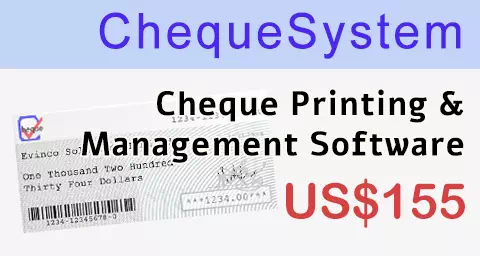
Have you ever wondered what the term “A/C Payee Only” signifies when you come across it on a cheque? This seemingly small instruction actually carries significant implications for financial security.
When you see “A/C Payee Only” on a cheque, it indicates that the amount on the cheque can only be deposited into the bank account of the individual specified on the cheque. This means that the holder cannot simply cash the cheque at a bank but ensures that the funds are securely and accurately transferred to the designated payee’s account.
Ensure the money goes to the right person
The importance of this rule lies in preventing others from misusing your cheque and diverting the funds to a different account. By marking “A/C Payee Only” on the cheque, you not only ensure that the funds go directly into the recipient’s account but also effectively deter fraudulent activities, preventing malicious individuals from cashing your cheque.
By using this instruction, you also establish a clear record of the flow of funds. In case of any disputes, the trail of the funds can be traced, adding transparency and security to financial transactions.
Therefore, when you receive a cheque with “A/C Payee Only” specified, remember to deposit it into your bank account rather than cashing it out. Additionally, if you are issuing a cheque to someone else, adding “A/C Payee Only” provides an extra layer of protection for the transaction.
How to write “A/C Payee Only”?
The correct placement for indicating “A/C Payee Only” on a cheque is the top left corner. Draw two parallel lines there and neatly write “A/C Payee Only” in between. If convenient, you can also use a stamp with the same wording, ensuring that the imprint is clear and legible for banks to recognize the instruction.

